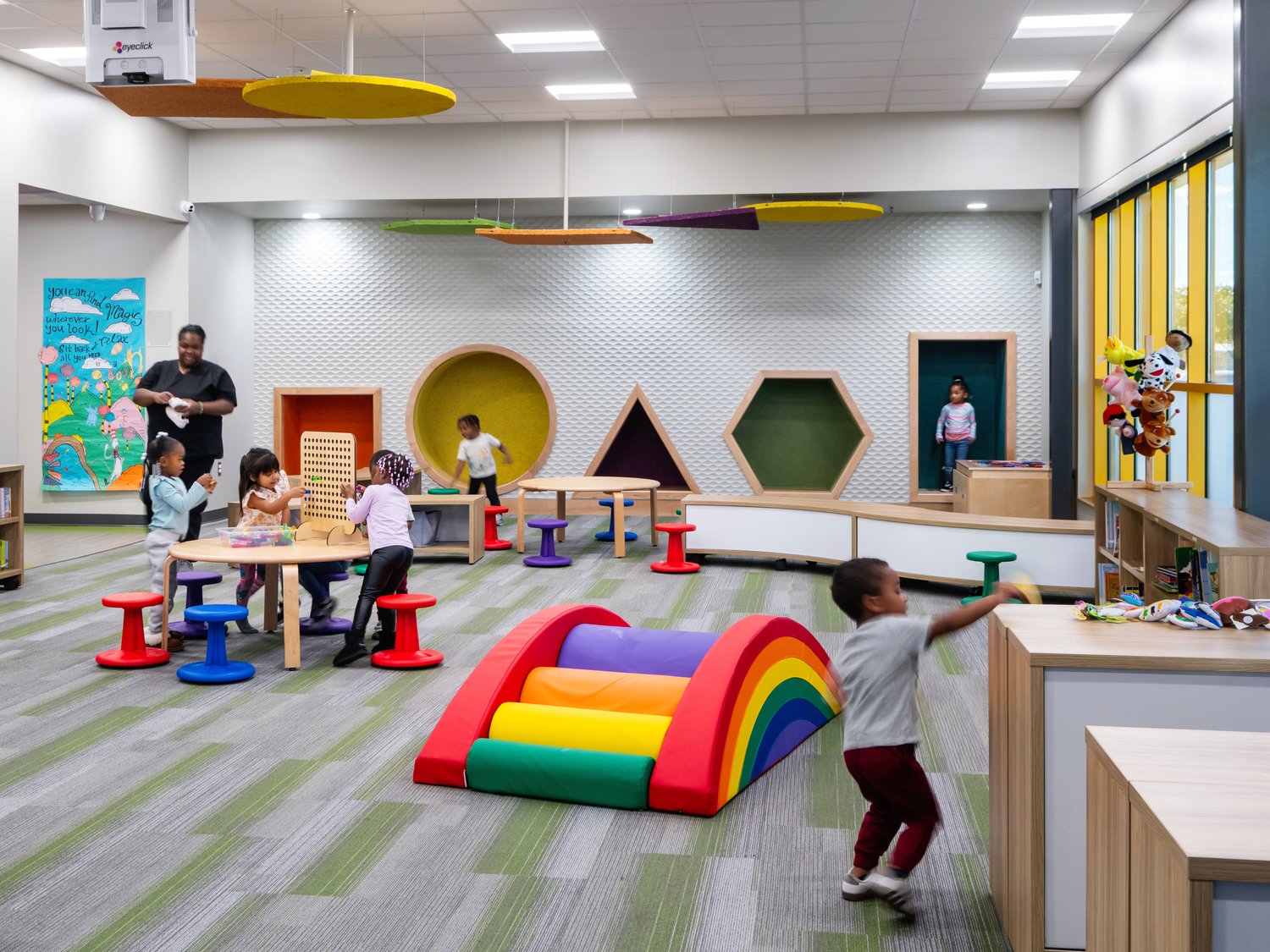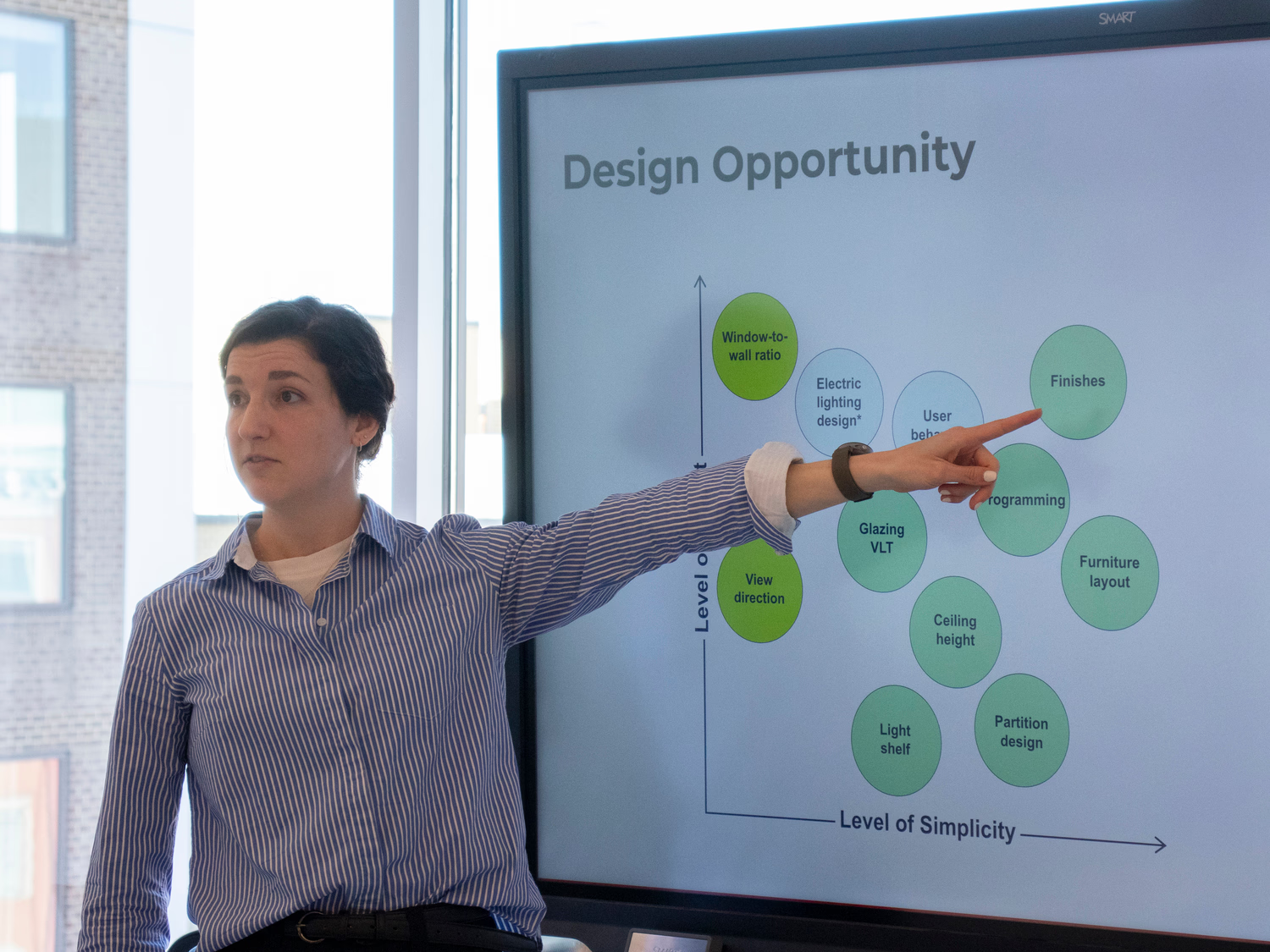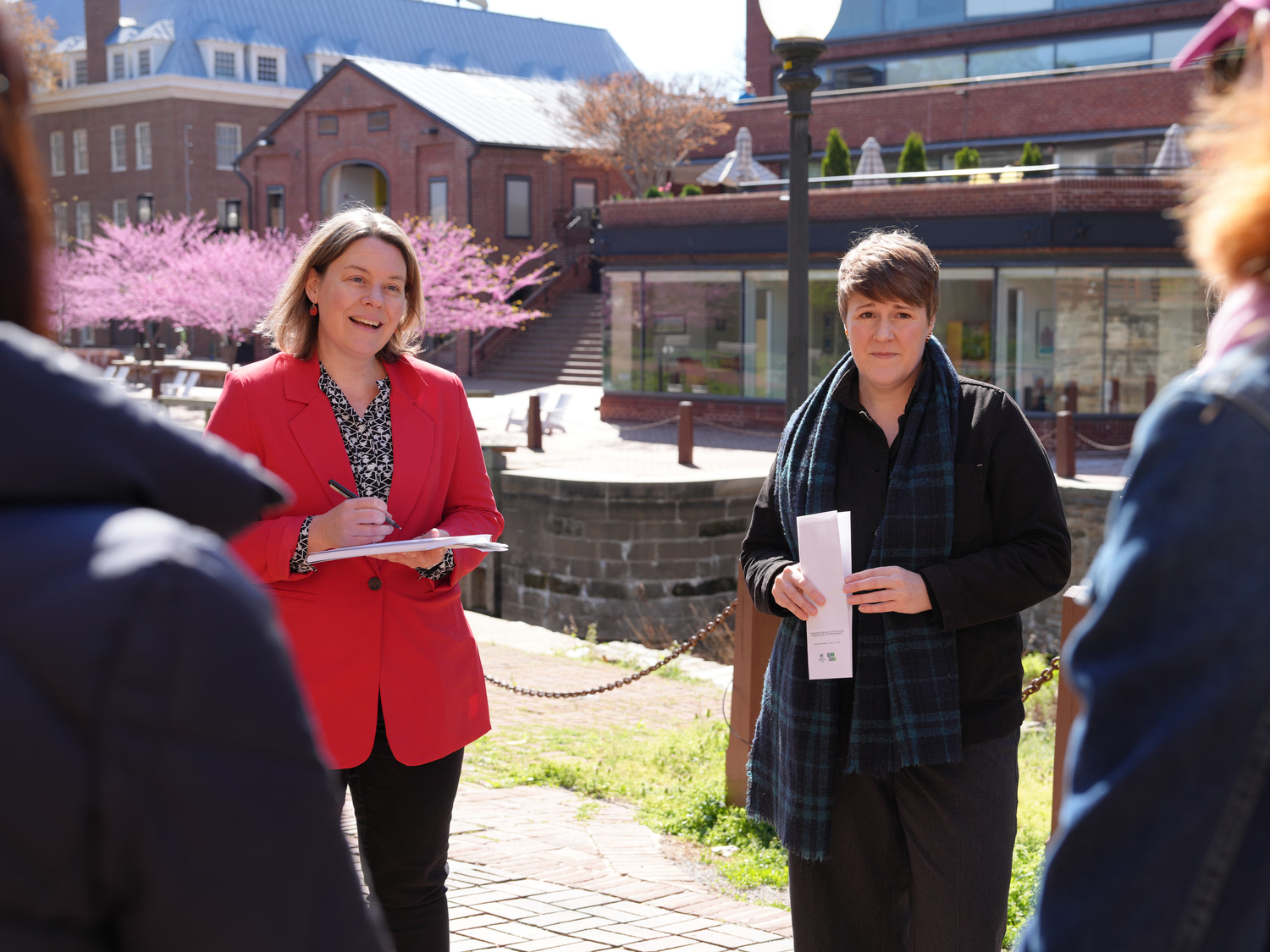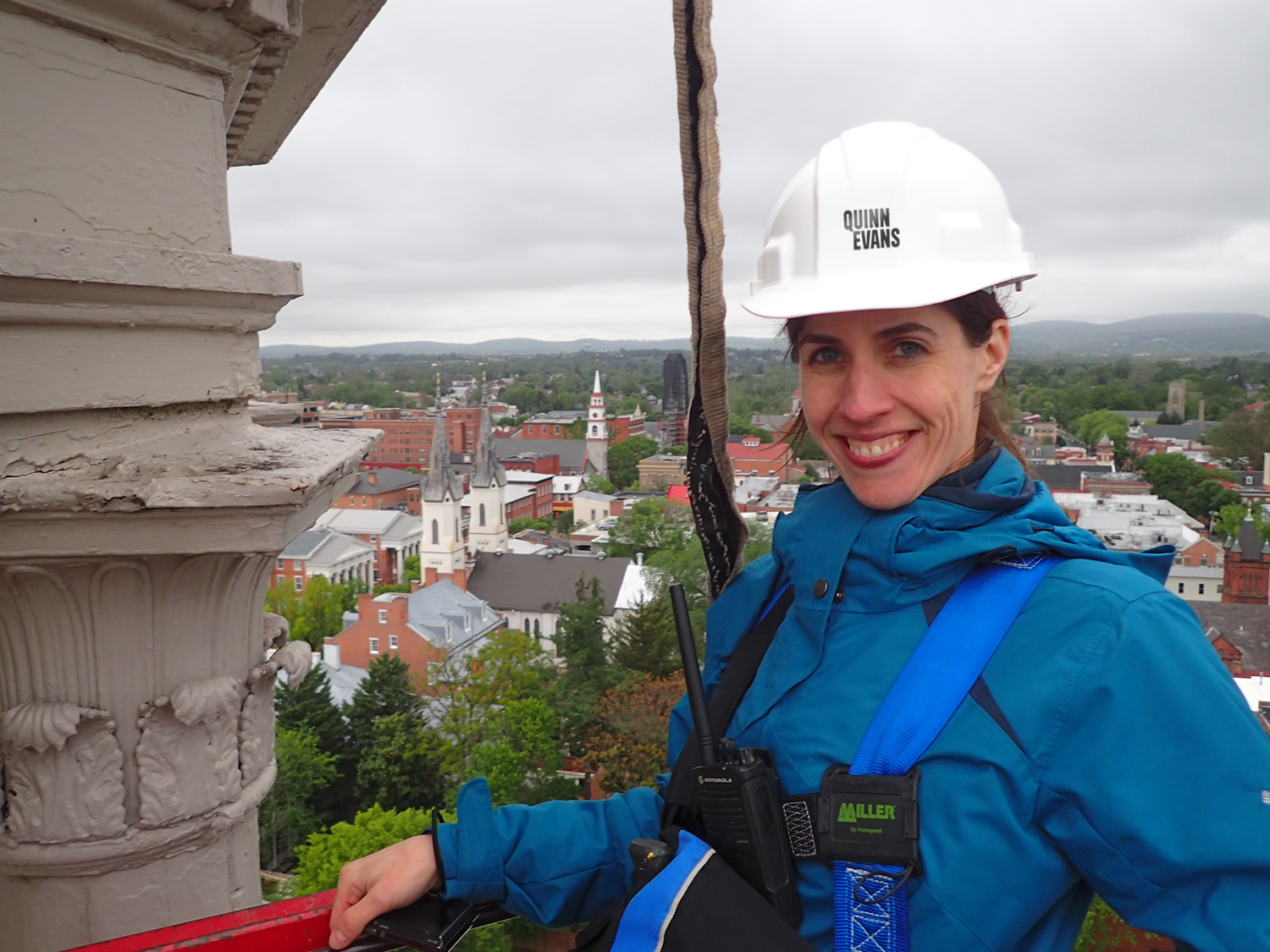
Quinn Evans is working with the National Park Service to create an immersive museum beneath the Lincoln Memorial. The museum and associated amenities will improve the visitor experience and understanding of this national memorial.
“The Lincoln Memorial represents our shared ideals of freedom and equality as well as the power of diverse voices in public life,” says Quinn Evans president Alyson Steele, FAIA, LEED AP. “These values inspire Quinn Evans’ inclusive approach to design and public placemaking. We are thrilled to bring integrated design thinking to make one of our nation’s most beloved places more welcoming and engaging.”
Located in a cavernous area beneath the memorial’s statuary chamber known as the Undercroft, the museum will provide 15,000 sf of exhibit space and provide views of the memorial’s foundations. The exhibits, including multi-media presentations, will highlight the construction history of the memorial and discuss how the Lincoln Memorial has become the nation’s foremost backdrop for civil rights demonstrations.
Under a contract held by VHB, Quinn Evans is providing architectural and historic preservation services for the sweeping project. Other team members include The Design Minds, TYLin (formerly Silman), Affiliated Engineers, M2H Protection, Gary Steffy Lighting Design, Acoustic Distinctions, and Terracon. In addition to the museum, visitor amenities will include expanded retail and restrooms. Major accessibility upgrades will provide an inclusive experience for all visitors.
A noted historic preservation and museum design firm, Quinn Evans previously replaced the memorial’s roof. The firm’s completed work on the National Mall includes the renovation of the National Museum of Natural History’s south entrance; the creation of the Molina Family Latino Gallery at the National Museum of American History; and the new National Native American Veterans Memorial at the National Museum of the American Indian. Ongoing projects on the Mall include the comprehensive renovation of the National Air and Space Museum, the first phase of which is now open; and the revitalization of the Hirshhorn Sculpture Garden.







